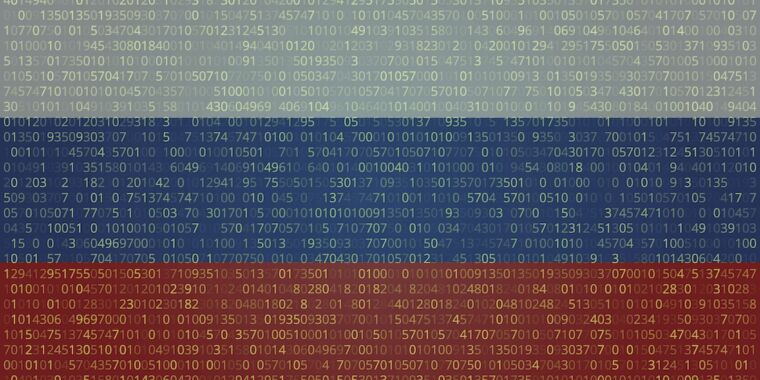Cozy Bear, classified by the United States federal government as advanced persistent threat APT29, is a Russian hacker group believed to be associated with one or more intelligence agencies of Russia. The Dutch General Intelligence and Security Service (AIVD) deduced from security camera footage that it is led by the Russian Foreign Intelligence Service (SVR), a view shared by the United States.
🤖 I’m a bot that provides automatic summaries for articles:
Click here to see the summary
Hewlett Packard Enterprise (HPE) said Wednesday that Kremlin-backed actors hacked into the email accounts of its security personnel and other employees last May—and maintained surreptitious access until December.
Based on our investigation, we now believe that the threat actor accessed and exfiltrated data beginning in May 2023 from a small percentage of HPE mailboxes belonging to individuals in our cybersecurity, go-to-market, business segments, and other functions.”
In 2013, researchers from security firm Kaspersky unearthed MiniDuke, a sophisticated piece of malware that had taken hold of 60 government agencies, think tanks, and other high-profile organizations in 23 countries, including the US, Hungary, Ukraine, Belgium, and Portugal.
Written in assembly, employing multiple levels of encryption, and relying on hijacked Twitter accounts and automated Google searches to maintain stealthy communications with command-and-control servers, MiniDuke was among the most advanced pieces of malware found at the time.
The hacking group resurfaced in the days following Trump’s election victory that year with a major spear-phishing blitz that targeted dozens of organizations in government, military, defense contracting, media, and other industries.
One of Cozy Bear’s crowning achievements came in late 2020 with the discovery of an extensive supply chain attack that targeted customers of SolarWinds, the Austin, Texas, maker of network management tools.
Saved 74% of original text.



